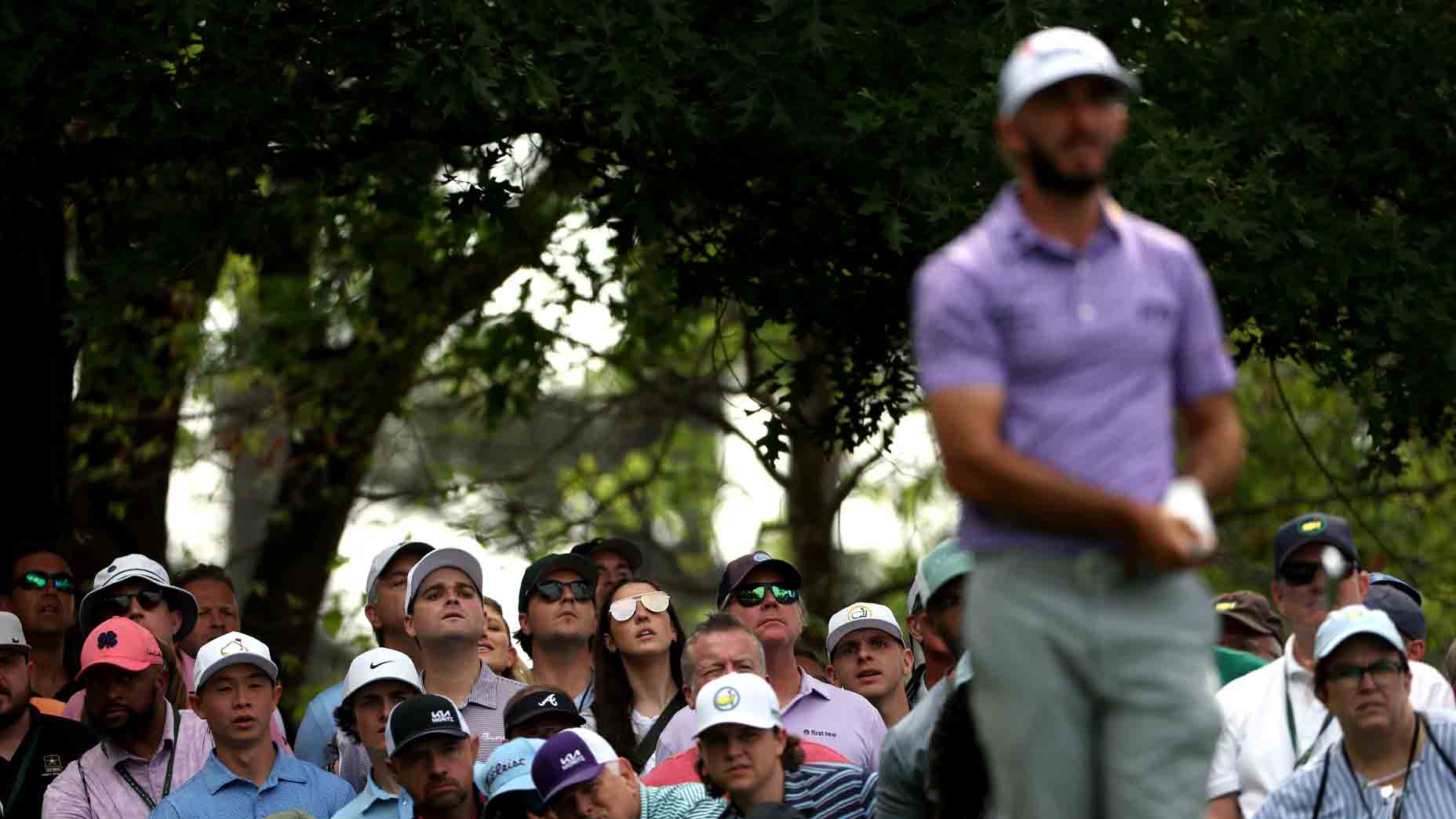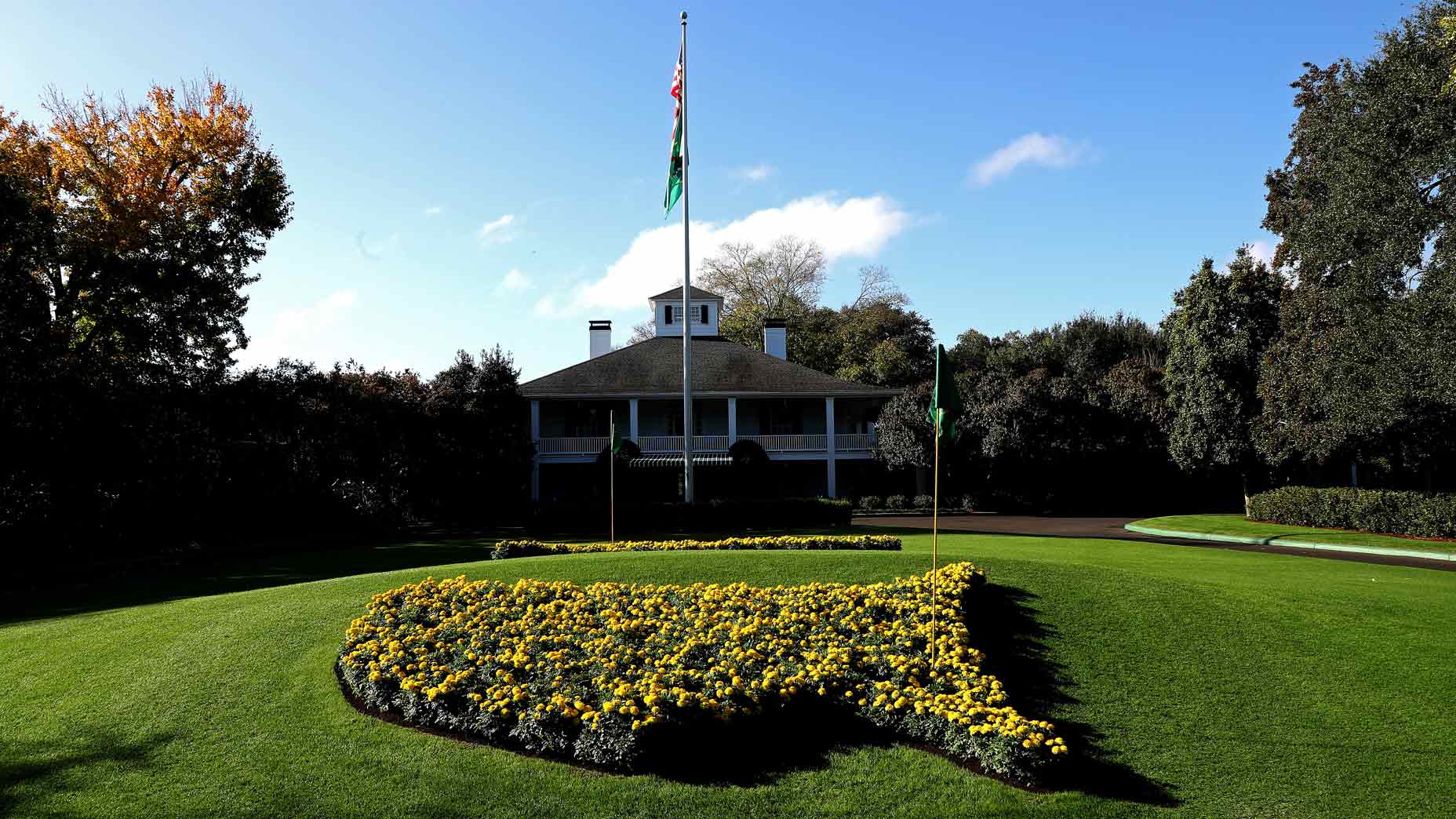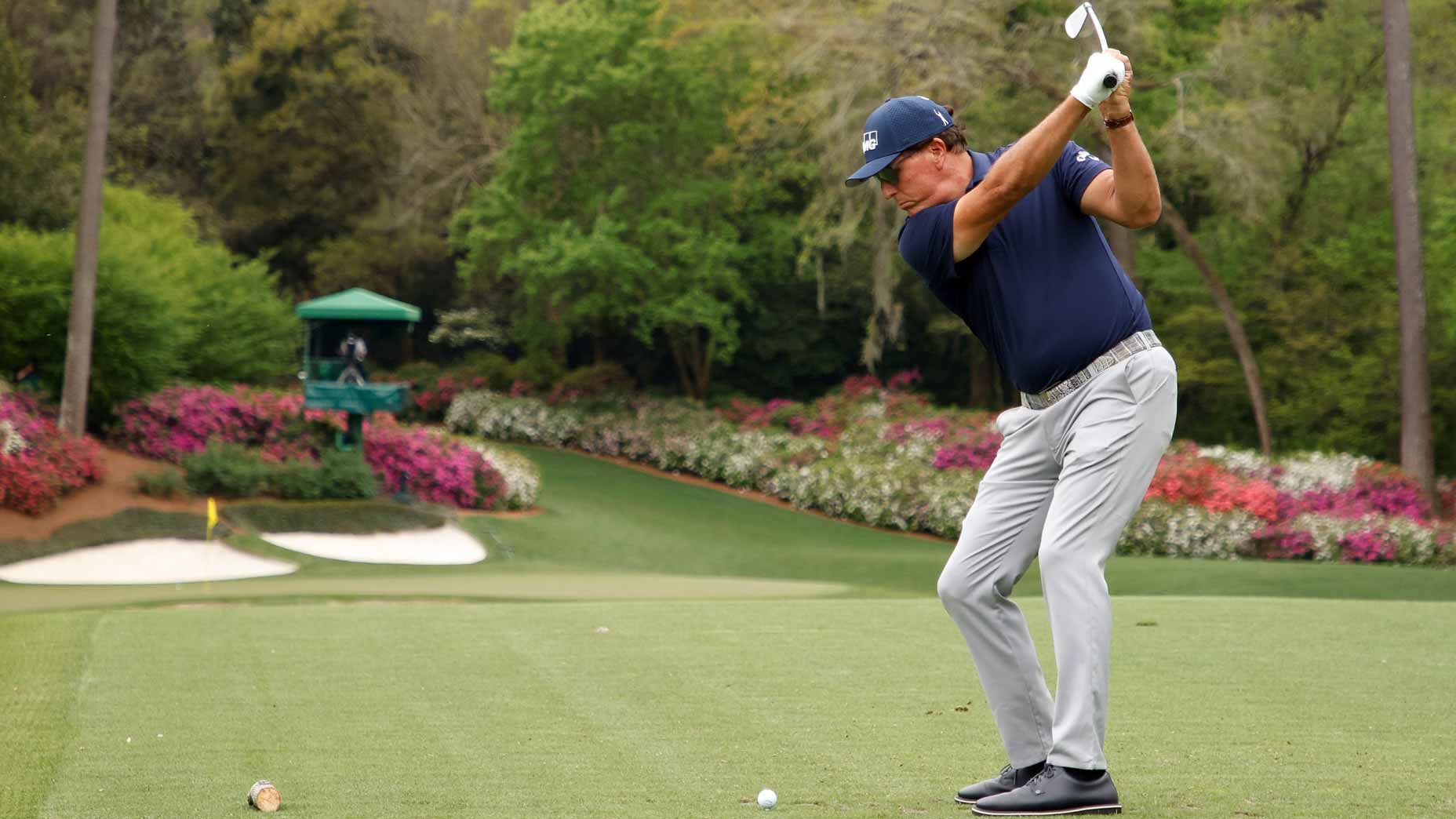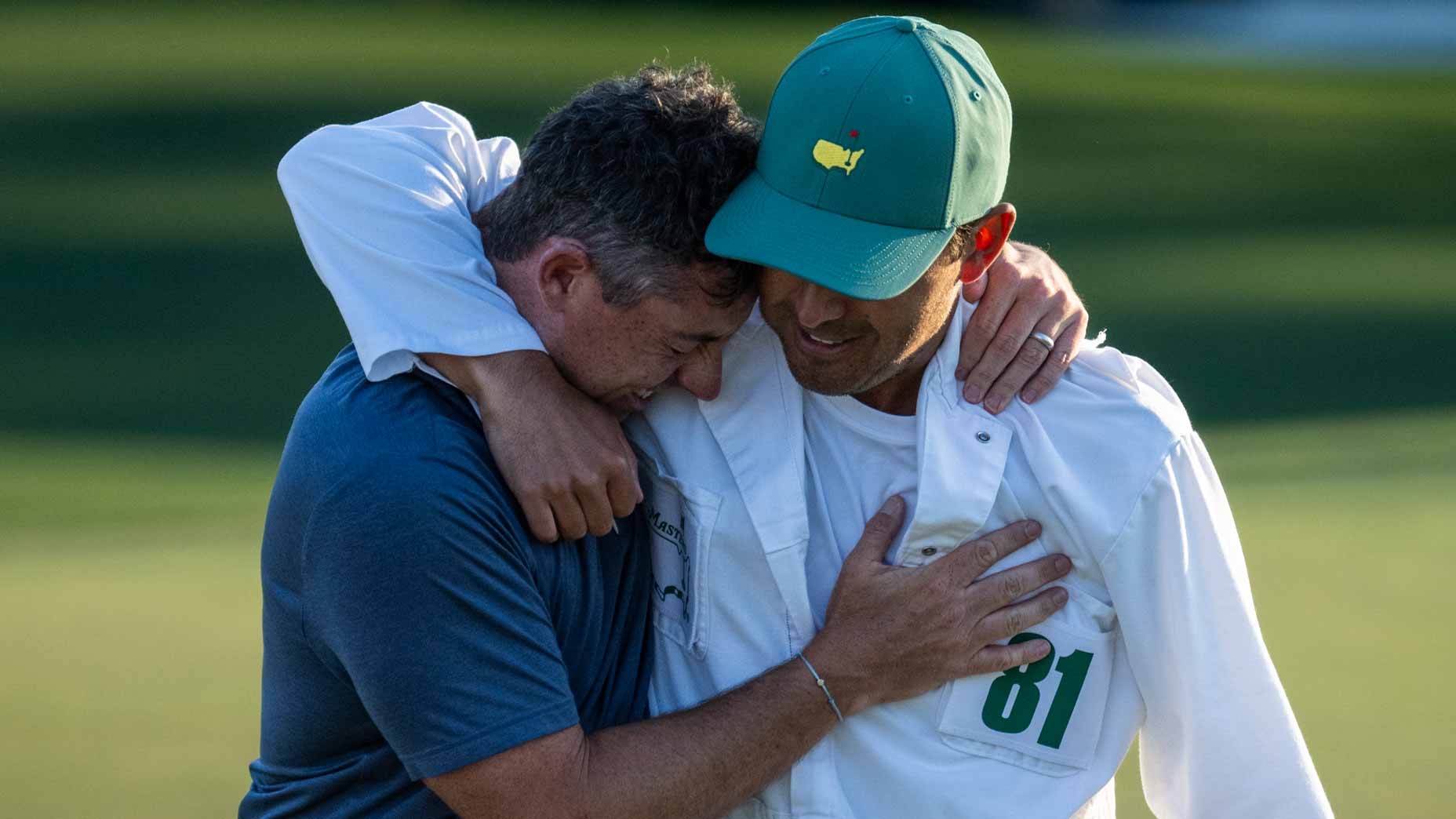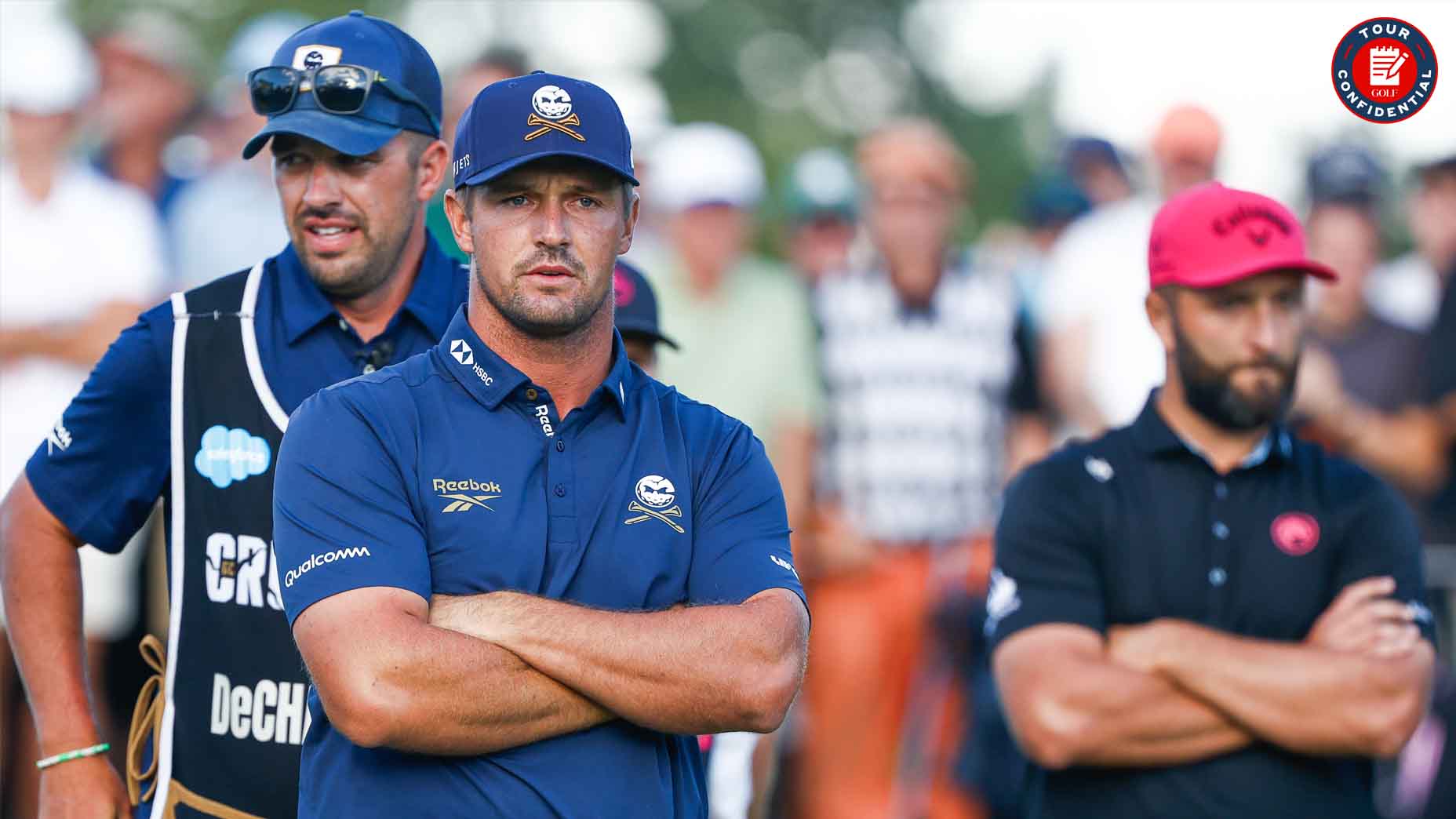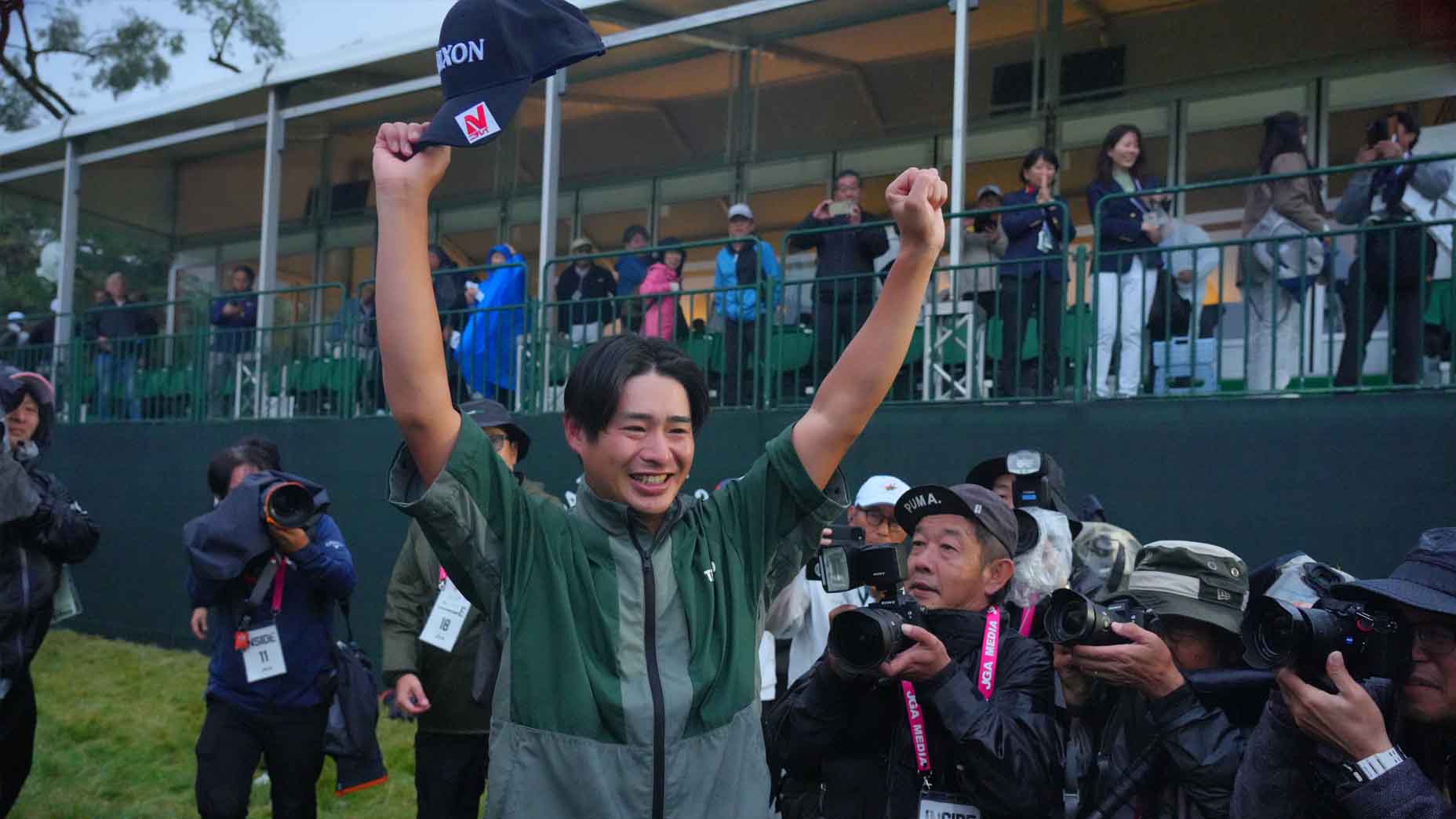The second hole, and its 10 new yards, you knew about.
But three altered greens at Augusta National? And potentially new hole locations on them for next week’s Masters? That surfaced publicly Wednesday. A recent guest didn’t keep it to himself.
Rory McIlroy was willing to share.
In search of the win that would finish the career majors grand slam, he played Augusta earlier this week, then dished on things ahead of his play at this week’s Texas Open. A reporter had asked him about the new tee box on the par-5 2nd, which has been moved slightly to the left and pushed back 10 yards, making the hole measure an Augusta-high 585 yards.
That move had been publicly revealed in mid-February, and McIlroy was surprised upon seeing it, though maybe not in the manner that you’re thinking.
He said the hole played about the same. The change wasn’t as drastic as he thought it would be.
“I thought it was going to be a different visual than it used to be,” McIlroy said, “but it’s — I thought whenever someone said they moved it back and to the left, I thought the tee box was going to point you out towards that right bunker and you’re going to have to hit more of a draw around the corner.
“I mean, if you didn’t know, you would think you were on the same tee box — it doesn’t look that much different. You can still see left of the bunker, and I thought it was really going to force you to hit some sort of draw shot around the corner, but you can still, you can still hit a straight-away shot and keep it left of the trap.”
A short while later, he found the other changes. Greens on 2, 4 and 6 have been adjusted, he said. (Notably, Sean Martin, a writer with the PGA Tour, tweeted Wednesday that he had also heard of the changes, through a recent visitor.)
Augusta National making a notable course change for this year’s MastersBy: Zephyr Melton
Below are McIlroy’s takeaways:
— On the green on the 2nd: “There’s like a back-middle hole location on 2. There’s a slightly bigger area in there where they can sort of move that around a little bit.”
— On the green on the 240-yard, par-3 4th: “On 4, they’ve sort of made the back-right section a little bit bigger for an extra pin position there.”
— On the green on the 180-yard par-3 6th: “And then 6 is different. Like the top-right plateau is definitely bigger, and then they’ve flattened out a section in the back left to maybe have an extra hole location there, too.”
ANGC tweaks, of course, are not new, and they’re made with the Masters in mind.
But there’s a line. You also don’t want to ruin a good thing, which Augusta is universally recognized as. To that end, two analysts and former players believe the club has performed its surgeries well.
On a call this week previewing ESPN’s coverage of the Masters, Curtis Strange offered praise. Maybe, he thought, the club had overdone things a couple of times, but he was good with things. “They’ve made it tough,” he said, “but they’ve kept it very fair.”
Andy North agreed.
“I think they’ve done a terrific job of taking the golf course as it was in the ’70s and ’80s and how it played,” he said, “and over time tried to keep the same type of challenge for the players, and they’ve done a better job of that probably than anybody else.
“To go back and look at some of the clubs the guys are hitting into some of the holes now are very similar to some of the clubs you may have hit 25 or 30 years ago, and that’s not the case most places. I give them a lot of credit for trying to do the right thing and trying to make it so that the history of that event doesn’t change so dramatically based on how far the guys are hitting the golf ball. I think they’ve done a really fine job of that.”
‘It’s different for myself’: Phil Mickelson dishes fascinating Augusta National analysisBy: Jack Hirsh
Back to McIlroy. On Wednesday, a reporter had asked another Masters question, and it’s both relevant to the discussion on the course, and the talk on whether he’ll one day win at the place.
What are the best pieces of advance he’s received over the years?
McIlroy dished on that, too. He talked of two tips. One was physical. Two-time winner Ben Crenshaw had once told him two words: High lines. Read more into putts than you think.
McIlroy then went deep on the other thought.
It dealt with aggressivity.
“But yeah, I think it’s more, you know, if you think about it, if someone said you go to Augusta and I want you to shoot even-par for four days,” he said, “you would think that’s pretty easy to do, and as you’re trying to shoot even-par, you’re probably going to back into a couple scores in the 60s and you’re actually going to do well.
“But if someone says I want you to go out and shoot 67 at Augusta, it’s very easy to shoot 75 or 76 because you start to chase pins, you start to miss it in the wrong spots, you start to not be patient and play the disciplined golf that you need to.
“Good golf at Augusta feels like boring golf and I think that’s something that I’ve always struggled with because that’s not my game. To me, it’s the biggest test of discipline and the biggest test of patience of the year for me.”
